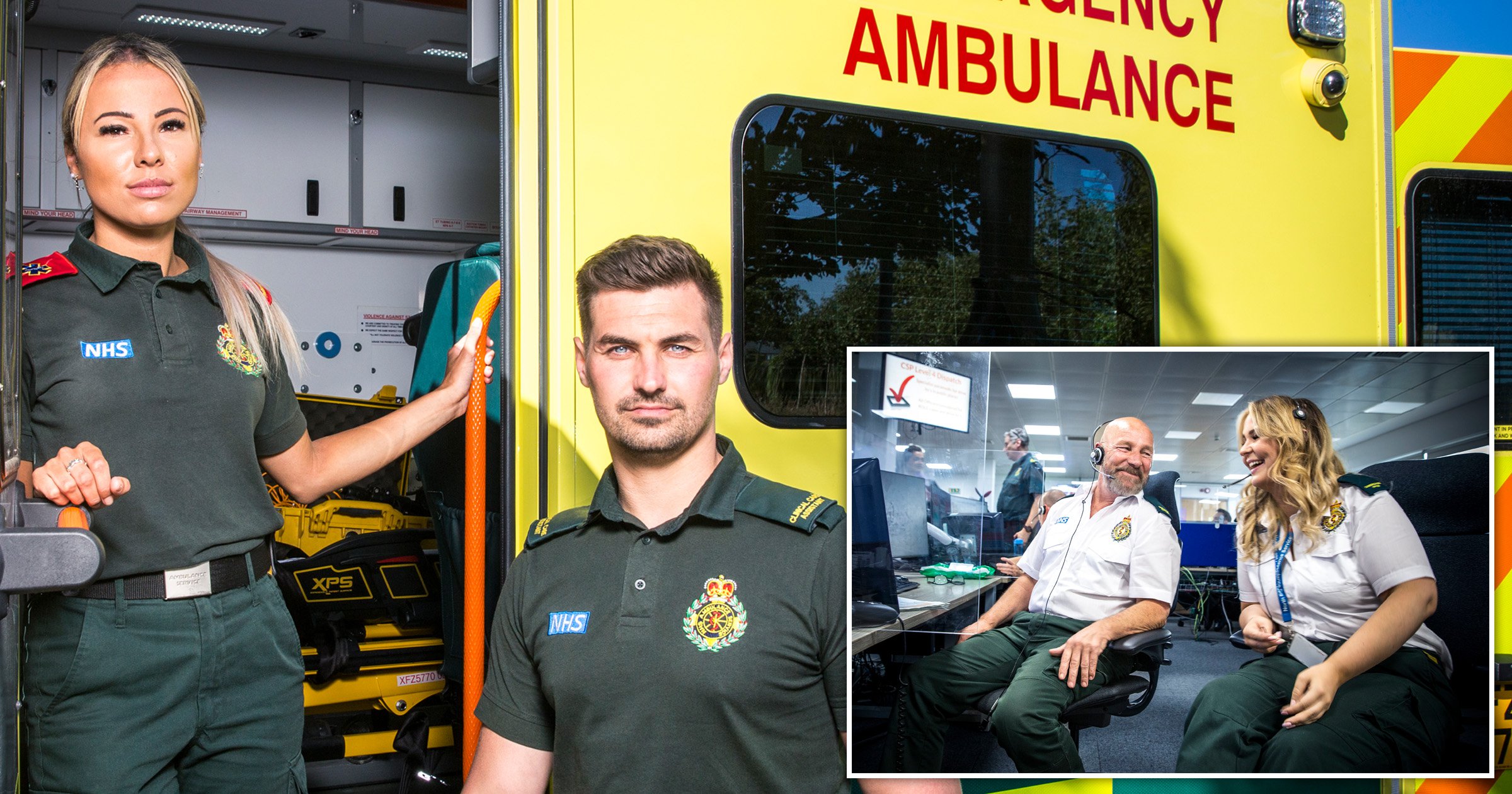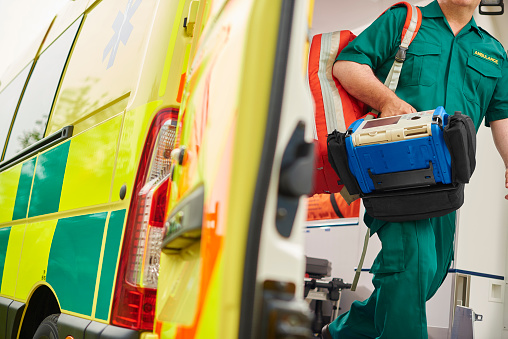
The UK’s emergency care crisis will be laid bare this week in a special edition of popular long-running BBC series Ambulance.
The episode will show ambulances queuing outside hospitals, heart attack victims waiting hours for help, and an elderly woman left on the floor of her home for 18 hours after a fall.
Viewers follow paramedics working for the North East Ambulance Service as they face hospitals tackling increasing numbers of casualties and phone operators forced to make decisions about which callers to treat first.
The reports within the 3,200 square miles covered by the North East Ambulance Service, someone calls an ambulance every 35 seconds.
With the first three hours of the shift beginning at the start of the episode, most of the 13 hospitals in the region are at 90 percent capacity.
The show will provide a snapshot of a nationwide issue, with ambulance delays currently at record highs.
An NHS performance summary from the showed ambulance wait times for life-threatening category 1 incidents had increased to 9 minutes and 35 seconds instead of the 7-minute target that was last met in April 2021.
Category 2 incidents for conditions such as heart attacks and strokes have an ambulance wait time of 59 minutes and 7 seconds, and 1 in 10 people have waited longer than 2 hours and 11 minutes for a response.
The same report showed that in July 2022, 29% of people attending A&E spent more than four hours from arrival to admission, transfer or discharge compared to 14% of patients in July 2019.
MPs have said the NHS faced the ‘greatest workforce crisis’ in history – putting safety at ‘serious risk’.

A study put together by MPs from the cross-party Health and Social Care Committee revealed there is a shortage of 12,000 hospital doctors, and more than 50,000 nurses and midwives.
It goes on to say: ‘In the face of this, the government has shown a marked reluctance to act decisively.
‘The workforce plan promised in the spring has not yet been published and will be a “framework” with no numbers, which we are told could potentially follow in yet another report later this year.’
The study predicts an extra 475,000 jobs will be needed in health and an extra 490,000 jobs in social care by the early part of the next decade in order to ease the strain.




















